Tell me more about this case
Let’s talk about what life needs next
ZEISS is a global leader in optics and optoelectronics, offering advanced solutions for microscopy and semiconductor manufacturing, amongst others.
ZEISS sought to leverage their world-class expertise and tech assets to support the development of organoids, one of the most promising fields in biotech. But they didn’t want to spend years just exploring all of the many possibilities for this new field; their future-oriented Innovation Hub team needed a business focus, and the company needed a way to validate the potential business plan. They came to Board of Innovation to explore new strategic methodologies to commercialize groundbreaking technologies and apply it to organoids.
We teamed up with ZEISS to design a repeatable, strategic methodology based on customer pain points and market trends to explore and narrow down disruptive technologies, identify use cases, and map and select the right partnership models.
We applied this methodology to the organoids space by understanding customer workflows and bottlenecks, to identify short-term commercial applications
Sample deliverable generated by AI for illustrative purposes only.
The ZEISS Innovation Hub team now has a strong vision for their role in the future of organoids, made actionable with clear market entry point recommendations based on customer needs.
Our work with ZEISS has opened up exciting possibilities for the future medical research, and helped the company consider strategies how it might expand its competencies and position itself within an ecosystem of multiple players.
Sample deliverable generated by AI for illustrative purposes only.
Case study at a glance – Maria Putilina | Business Designer
ZEISS is a global market leader in optical technologies, e.g. for medical and scientific devices (imaging, microscopes) and microchips (lithography optics). They sought to leverage their expertise and tech assets to support the development of organoids (organ-specific tissue produced in vitro), one of the most promising fields in biotech. But they didn’t want to spend years just exploring all of the many possibilities for this new field; their talented R&D team needed a business focus.
ZEISS was struggling with a strategic question shared by many other R&D-heavy companies: what fundamentally disruptive technologies should we be paying attention to, and developing new research, technologies and products around? How do we know if we're making the right decision? And once we've made a decision, how do we make sure we're doing this in the most strategic way possible? How do we avoid spending decades before getting to any profitable products and services? How can we be more effective with our resources to create and validate a coherent plan to deploy potentially disruptive technologies?
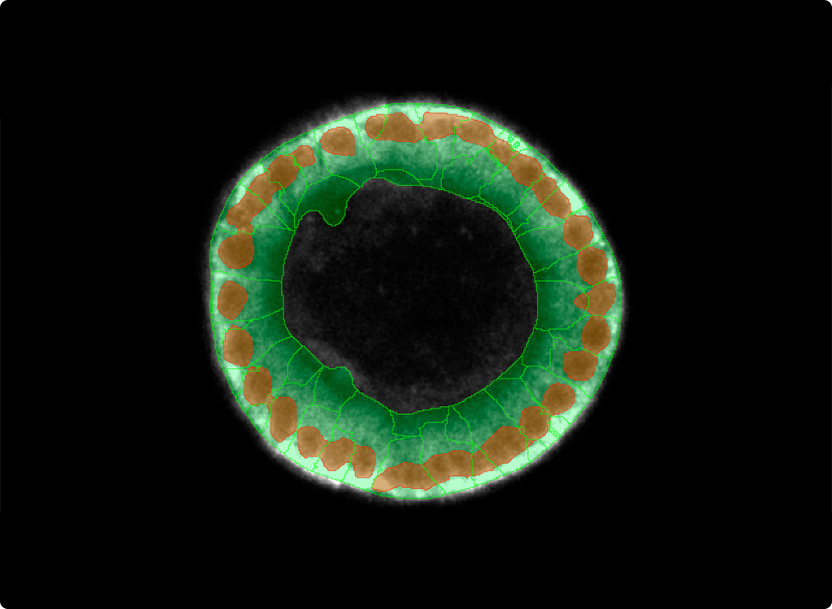
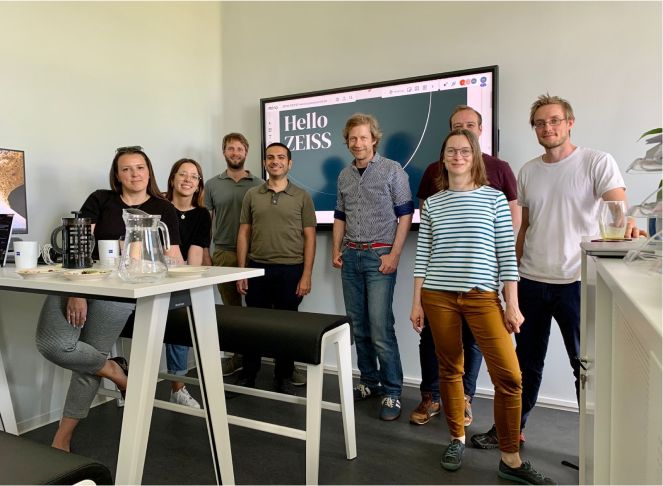
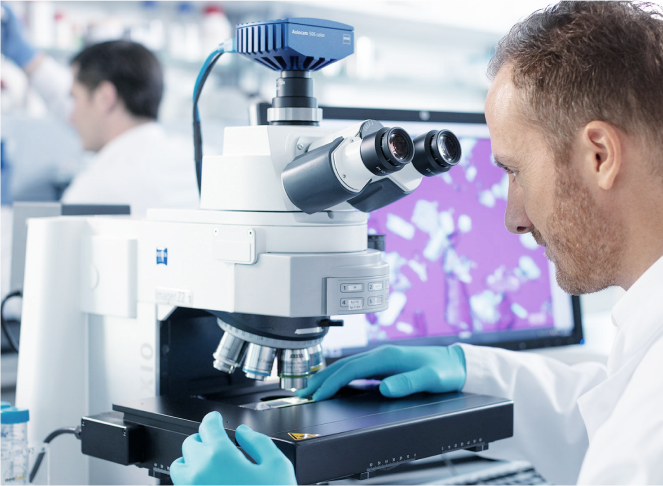
We helped ZEISS consider the possible futures for organoids – what might be possible 10 or 15 years from now – and build a vision for what role the company wanted to play. They had already done a lot of research to define the space, and so we worked with them to put some order in all the data that they had and use it to help craft a vision that is suited to the company’s strategic position and the broader ecosystem. Then we helped them consider the potential entry points and roadmap for the company to start achieving that vision.
An important part of this was to help them define and narrow down the different technologies that they could leverage in order to enter this space; then to be even more precise in finding what the company could build on the top of those technologies.
Pierpaolo Padula, principal healthcare consultant at Board of Innovation
Because no single company has all the core competencies to fulfill the potential for organoids, we knew that ZEISS needed to decide not only how to expand its own competencies, but also how it wanted to be part of an ecosystem with multiple players. So we also worked with them to identify the right partnership model.
To understand how the market is evolving, an important part of our work was understanding potential customer workflow bottlenecks and how they are overcoming these pain points by leveraging currently available technologies. Based on this understanding, we began to probe whether some of the ideas that ZEISS’ R&D team were exploring create enough added value.
Dr. Kai Wicker, Head of the ZEISS Inno-Hub Dresden
As part of a potential multi-year roadmap for organoid tech that we helped the ZEISS research team develop, we identified a possible viable short-term commercial application: using imaging technologies to enable the scaling of production and evaluation of organoids at a level of quality good enough for medical research (finding drug targets and testing drug candidates)
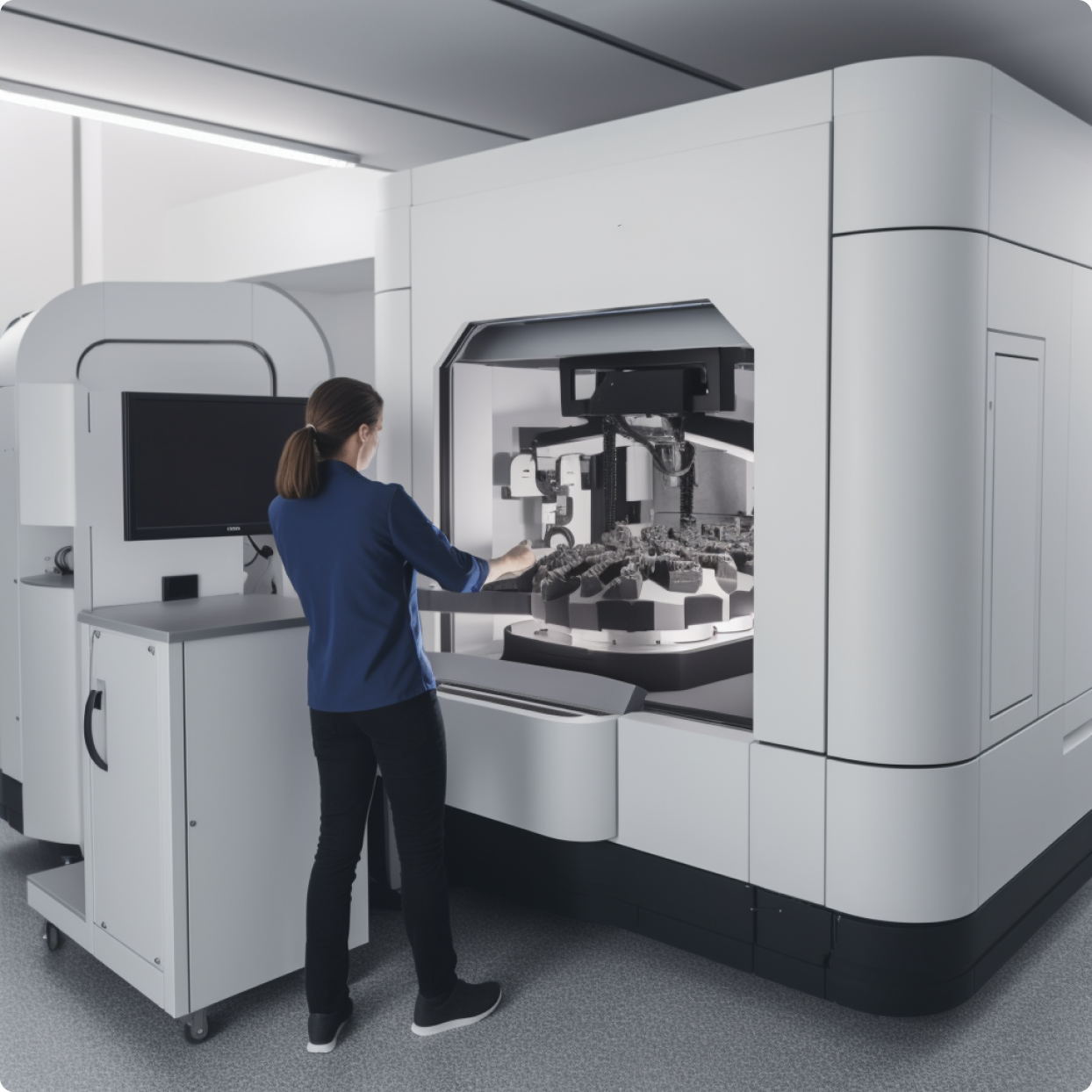
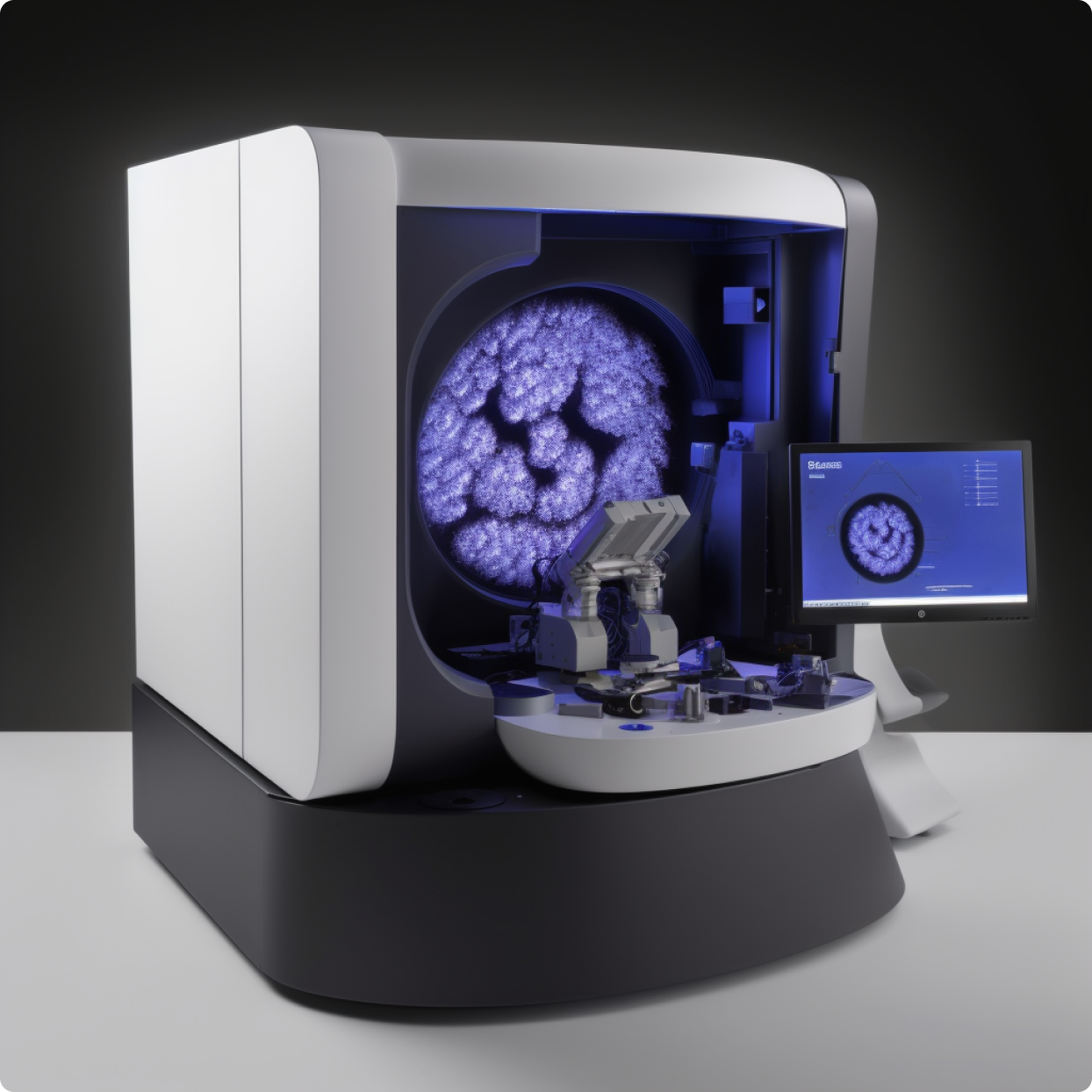
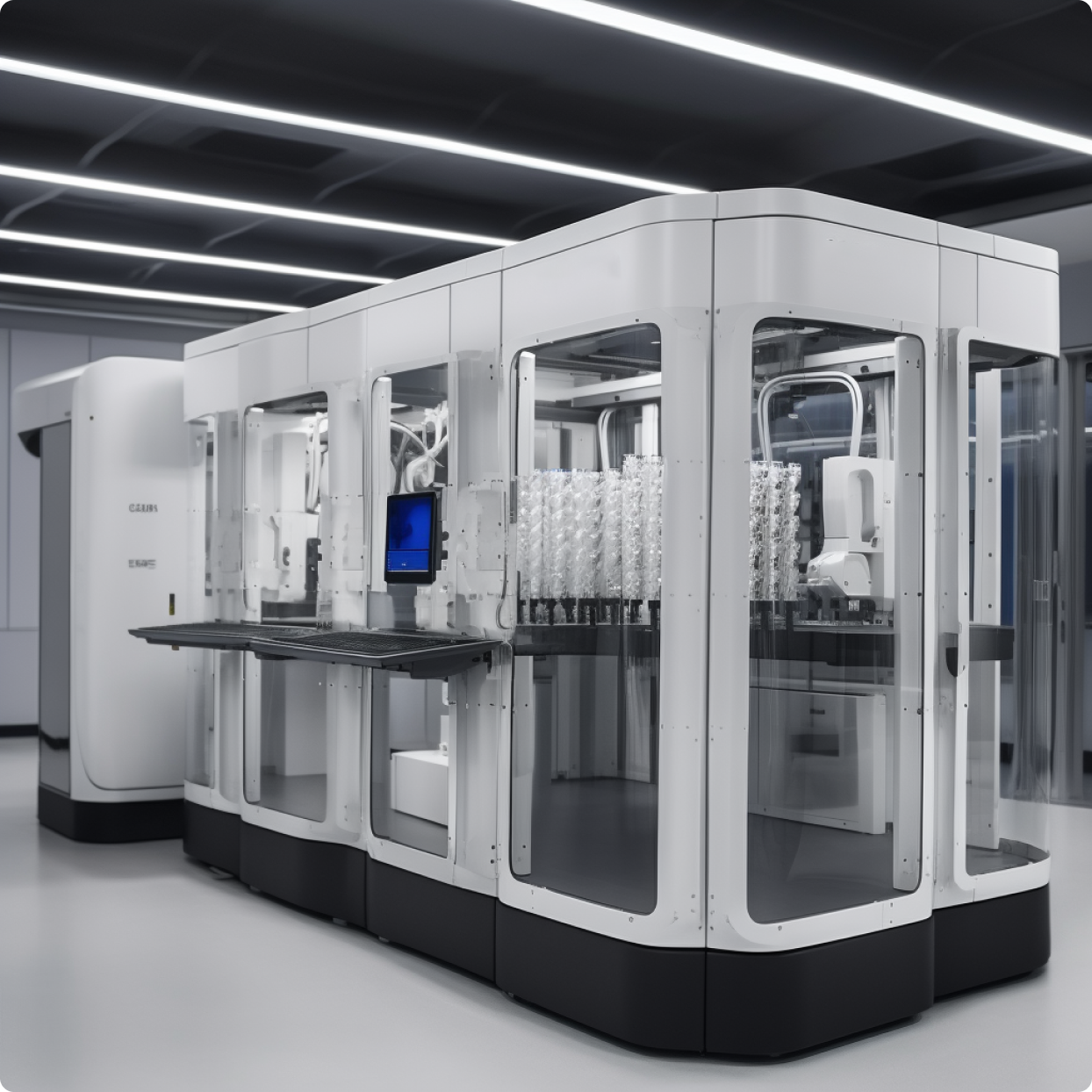

Sample deliverable generated by AI for illustrative purposes only.
With the help of innovative solutions, organoids have the potential to complement the preclinical and clinical trials, leading to faster drug development timelines and bringing newer treatments to patients faster and at a lower cost.
The number of compounds that typically have to be screened to get a single FDA-approved drug
As animal testing is increasingly restricted globally, organoids offer a more ethical and efficient alternative for drug development. For example, 42 countries, including the 27 member states of the EU, AUS, and UK, have banned animal testing. The FDA has also recently announced it will no longer require animal tests before human drug trials.
The ZEISS Inno Hub team is exploring how organoids can complement clinical studies, offering new insights and efficiencies to the process. While replacing human trials is not the goal, the promise of faster drug development timelines and cost savings make organoids a promising area of research for the future of healthcare.
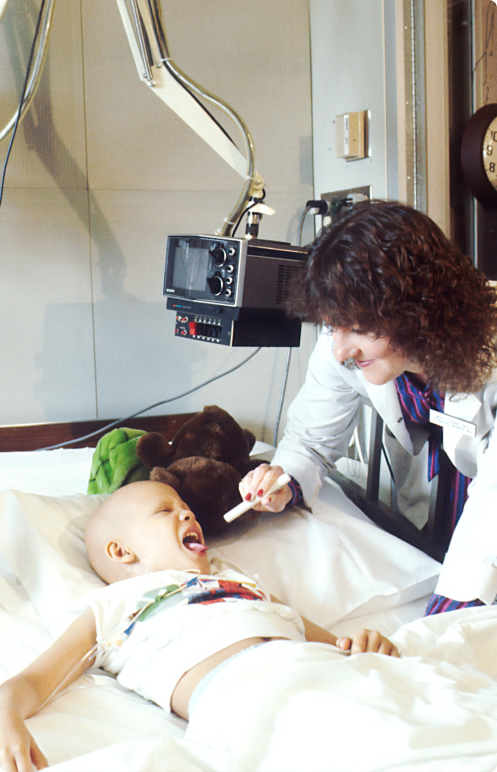
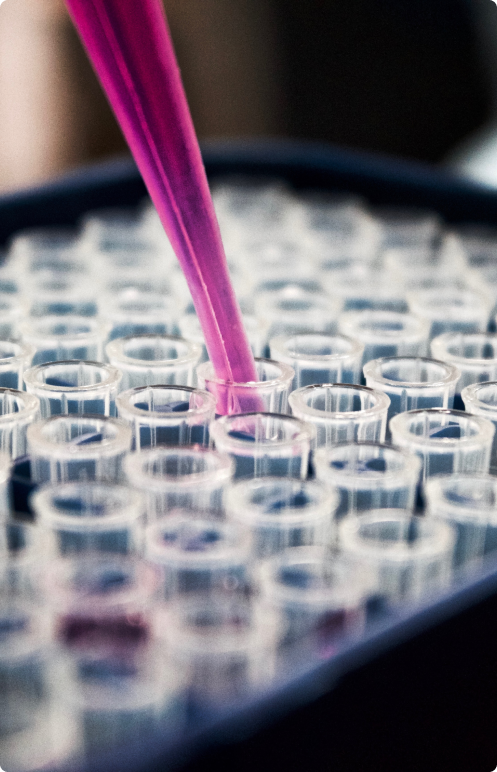

Let’s talk about what life needs next